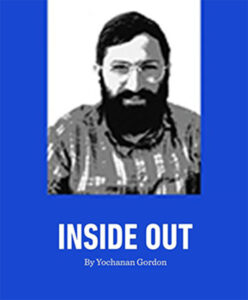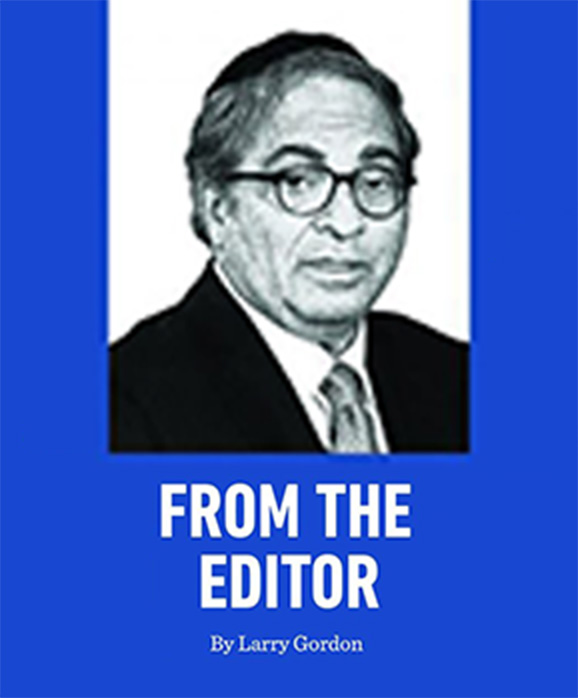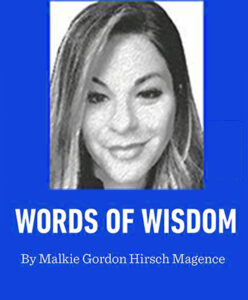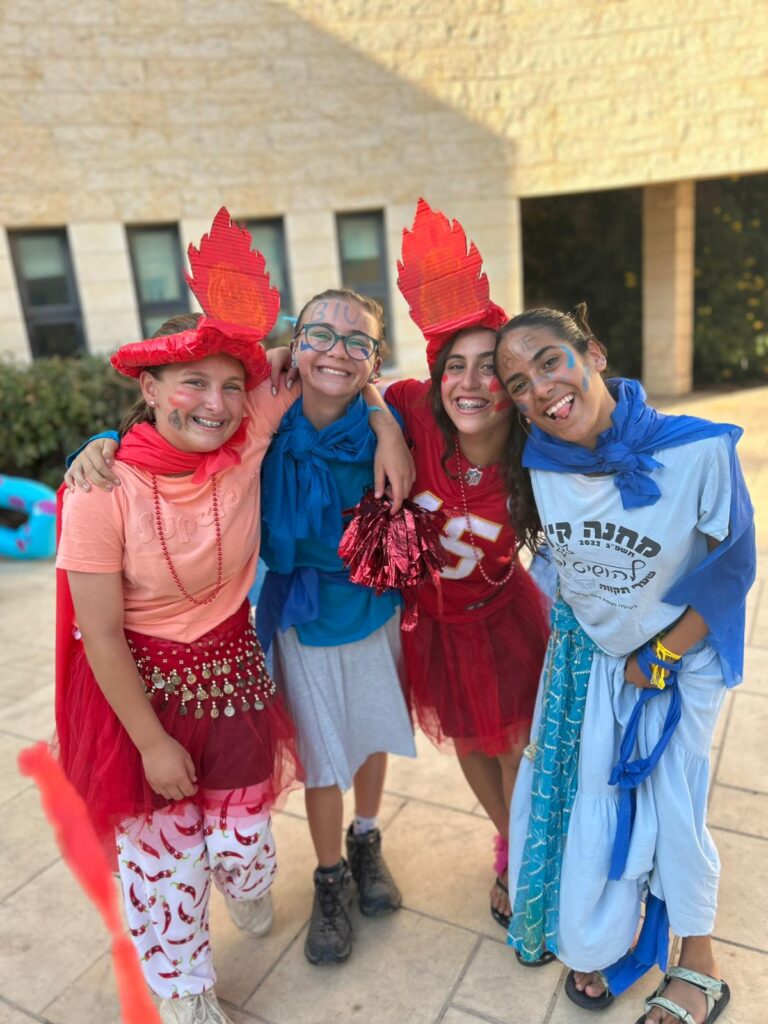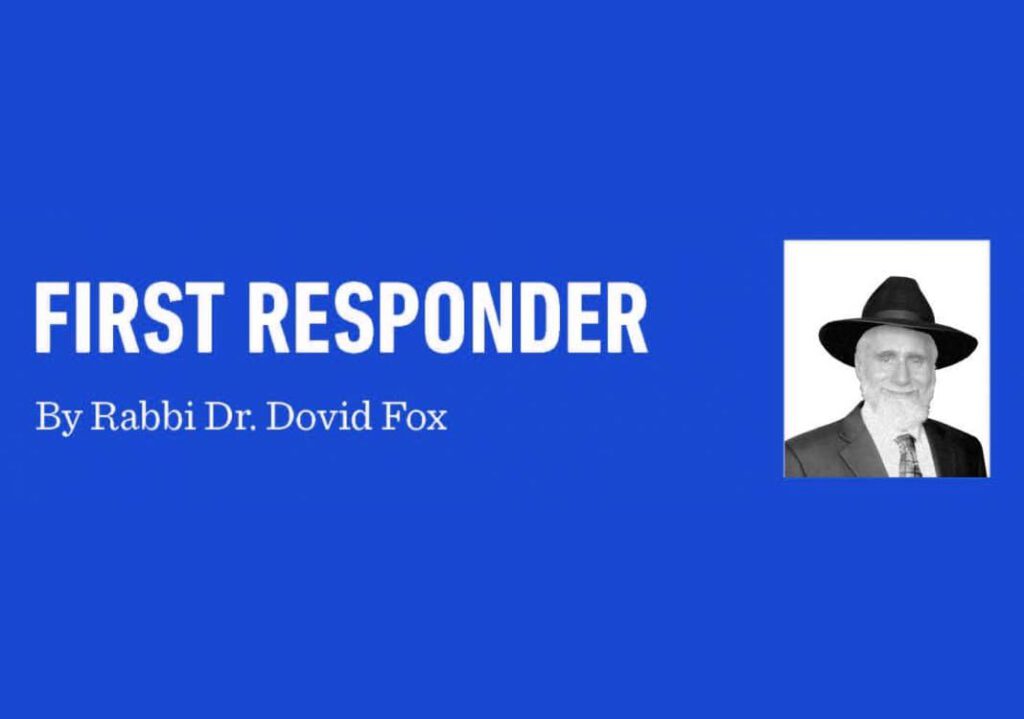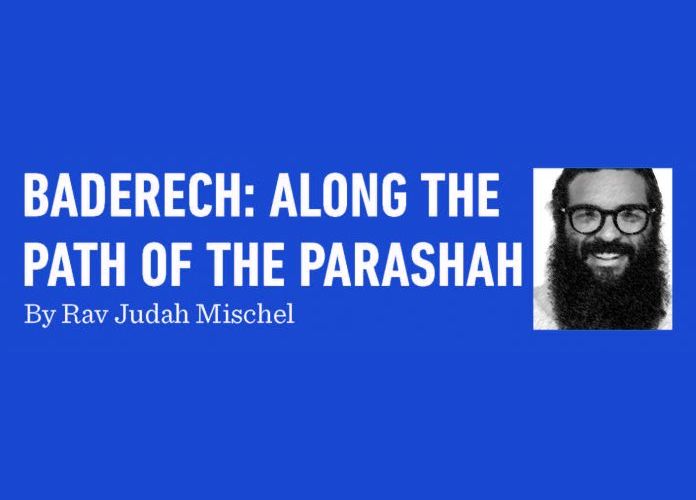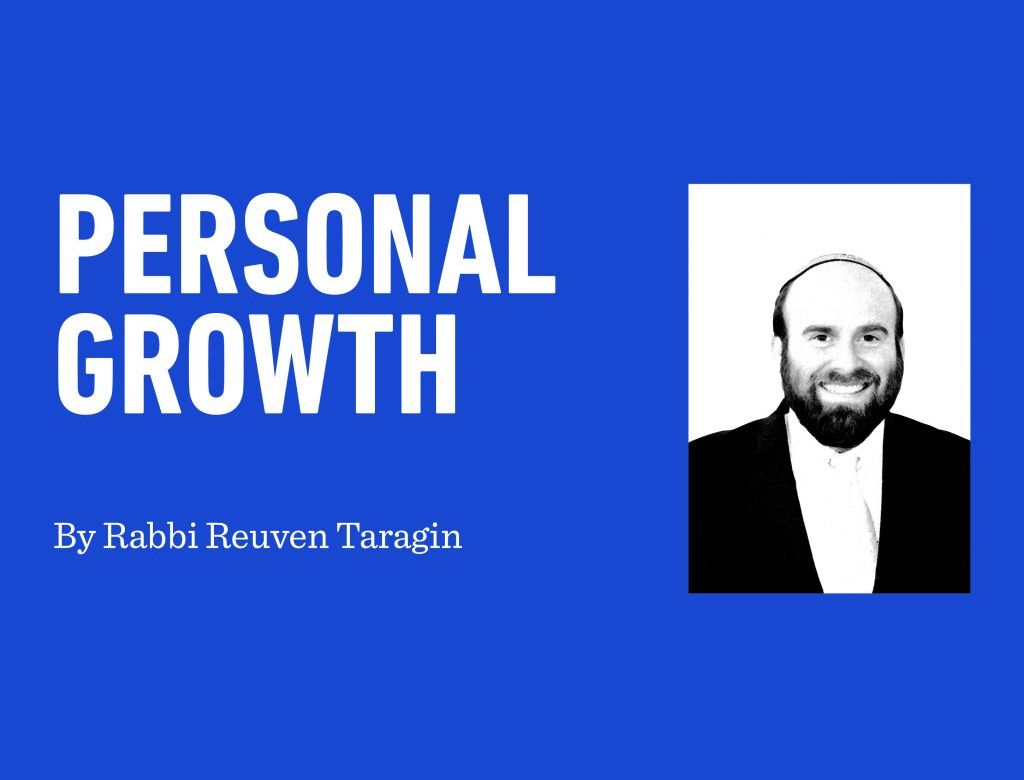Living Hearts And Hearts Of Stone (Yechezkel 11:19)
For thirty years now I have been the rav of a wonderful minyan. Our men pray together, enjoy a Shabbos kiddush together, and then learn together in an interactive shiur. There’s a lot of affection and camaraderie between us and I value the relationships we have developed over these decades. The learning we do is decidedly halachic, and follows a nine-segment cycle that includes topics from Orach Chaim, the part of Shulchan Aruchthat deals with daily life, topics from Yoreh De’ah (which address the laws pertaining to forbidden practices and objects, Even HaEzer questions, which involves marriage and divorce, then Choshen Mishpat, which involves interpersonal dilemmas. We repeat the cycle twice, then the ninth topic has a spiritual or theological theme that revolves around practical halacha. Then we begin the cycle all over again.
One exception to the cycle is when a holy day or season is upon us or when there are contemporary world events that pose halachic quandaries. Many of my topic choices relate to past cases which have appeared before the beis din, while others involve unusual halachic question others may have posed to me. Some topics are selected because they interest me and will appeal to the participants, and others are requested by someone from the group.
For example, Pesach time will find us learning an intriguing question about the sedarim or about the yom tov requirements. Other topics we have explored are whether dentures need tevilah in a mikvah, if putting a store item in a shopping cart entitles you to purchase it or if someone can snatch it out of your cart for their own use, whether tripping over someone’s feet on a plane involves liability, or if hanging a “beware of dangerous dog” sign to keep intruders away is allowed if you have no dog. When the Three Weeks arrive, we invariably take a more somber approach, discussing topics regarding grief and mourning practices, or matters related to death and spirituality.
Our minyan regularly welcomes guests, and quite frequently, a visiting rosh yeshiva or rabbinic figure will join us. Travelers passing through appreciate our shul because we begin early, we do not talk during the davening or the Torah leining, we have a kiddish and shiur after davening, and we do not “charge” for aliyos. When a learned guest participates, the learning usually flourishes, and although we debate among ourselves, no one argues or detracts from the good spirit.
Some time ago, as I recall, one of the visiting Torah leaders who attended the shiur a few weeks in a row asked to speak to me afterwards.
He remarked that he enjoyed the halachic scope of the shiurim and learned some things of which he had not been aware. Yet he could not understand why our topic sometimes turned to mystical or kabbalisticconcepts.
While he acknowledged that most of our members were over forty and were “permitted” to study our mystical tradition, he did not see how our exploring such subjects as “how one should envision himself as he steps back after the Amidah prayer” belonged in a halacha shiur. Or why it was important to learn about the lost utensils of the Beis HaMikdash or the halachos that will govern us with the arrival of Moshiach. He explained that he was not a “touchy-feely” type of person, so this whole “spirituality thing” seemed irrelevant to the daled amos of halacha.
I empathized with him, validating that there are many topics that are outside the realm in which we are usually trained to think. I explained that I had been blessed to have learned under several Gedolei Torah. One was a Litvish rosh yeshiva who directed me at times to look at deeper aspects of learning. Another was a mekubal who introduced me to specific concepts to broaden my sense of avodah, of serving Hashem. And yet another was a brilliant older chavrusa, a rav who could connect Torah with many illuminating facets of chochmah, the natural world, and cosmology. And another one was a Chassidic Rebbe and Av Beis Din for whom the overt and the covert strata of Torah were entirely congruent, parallel fields of study. I explained to him that I had learned that ultimately, consciousness of Torah in each of its dimensions does impact the halachic life of a Jew.
The rabbi heard me out, but left me with one question. “Why do you need to study laws about death and dying during the Three Weeks?” I responded, “It is because during the Churban, with the destruction of the Beis HaMikdash, something inside of us also died. Our losses were vast on a personal and national level. Valuable parts of our lives as Jews died with the loss of that holy existence. I believe we cannot allow them to remain dead.”
May the month of Av allow us to revive our spirits and a return of our deepest consciousness of all that is holy. n
Rabbi Dr. Dovid Fox is a forensic and clinical psychologist, and director of Chai Lifeline Crisis Services. To contact Chai Lifeline’s 24-hour crisis helpline, call 855-3-CRISIS or email [email protected]. Learn more at ChaiLifeline.org/crisis.
